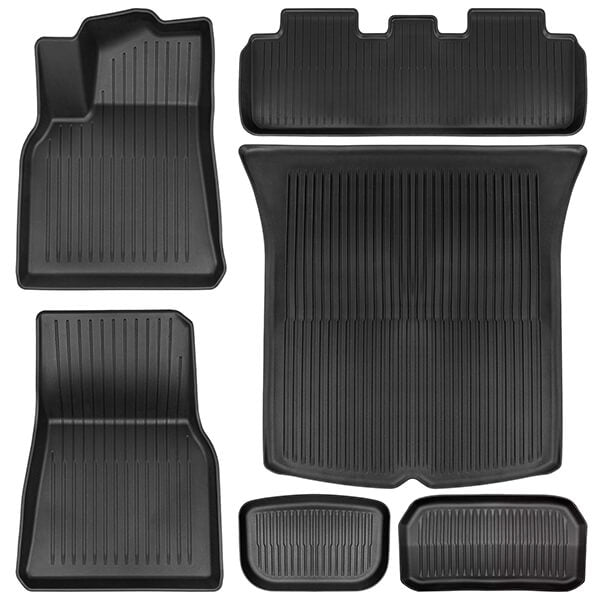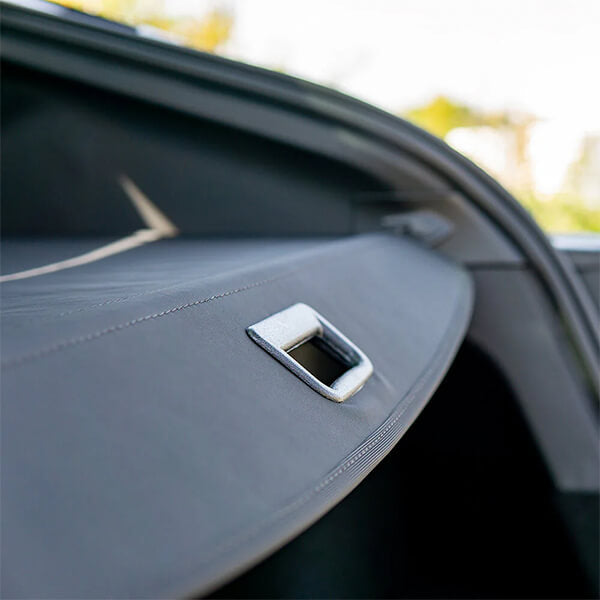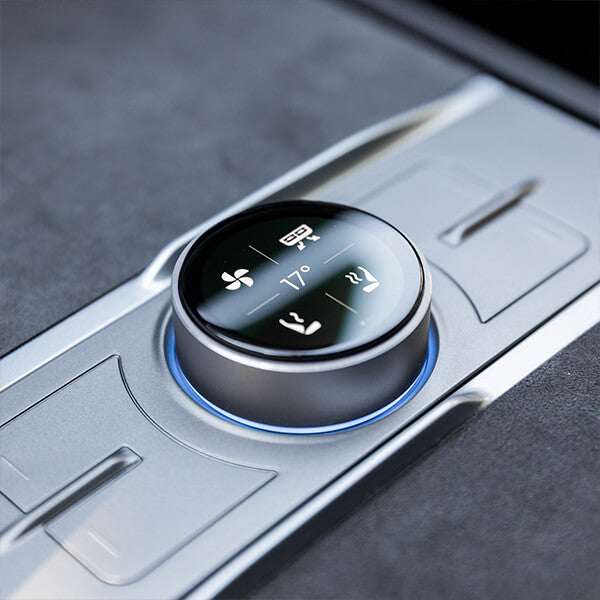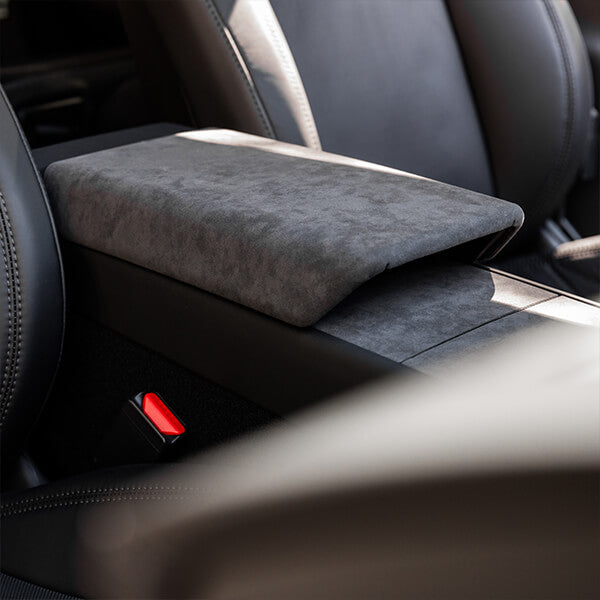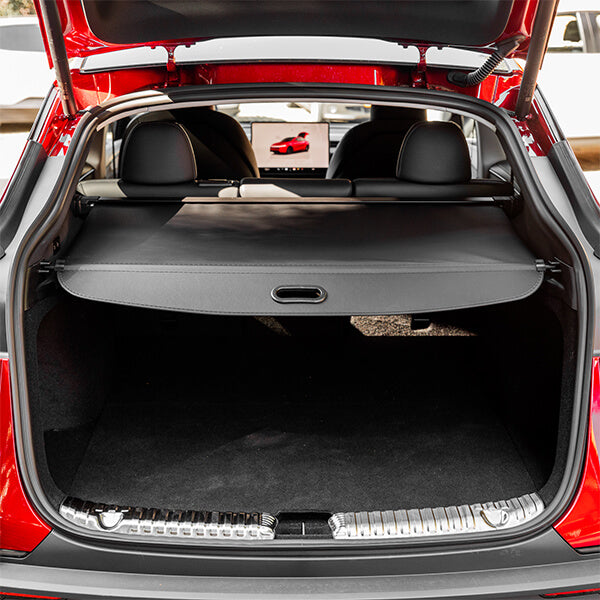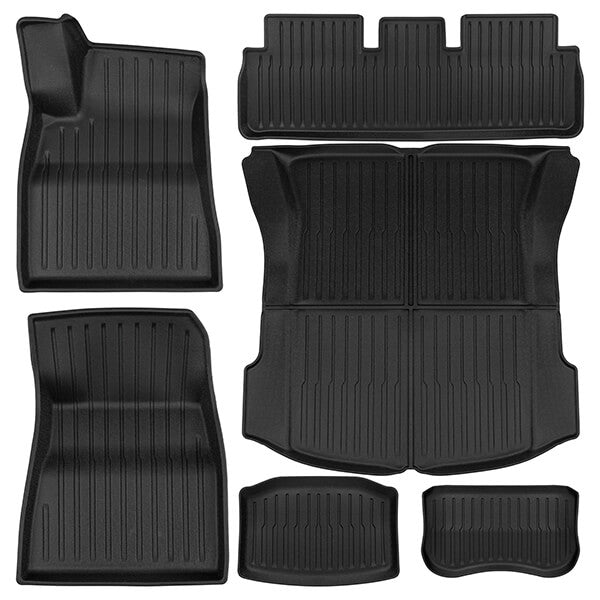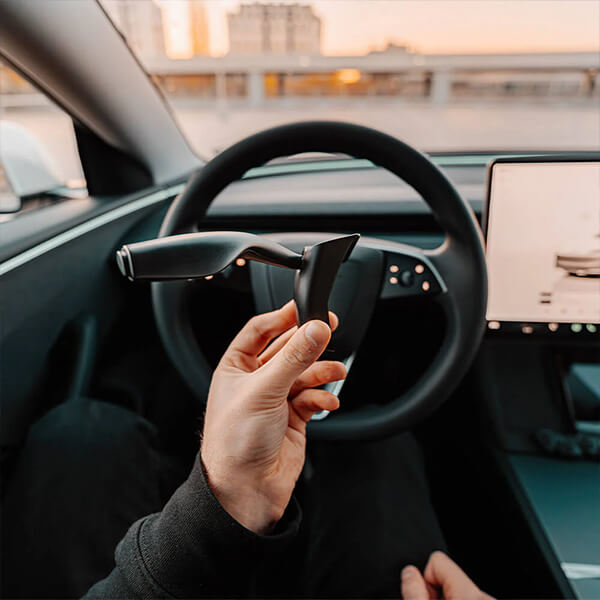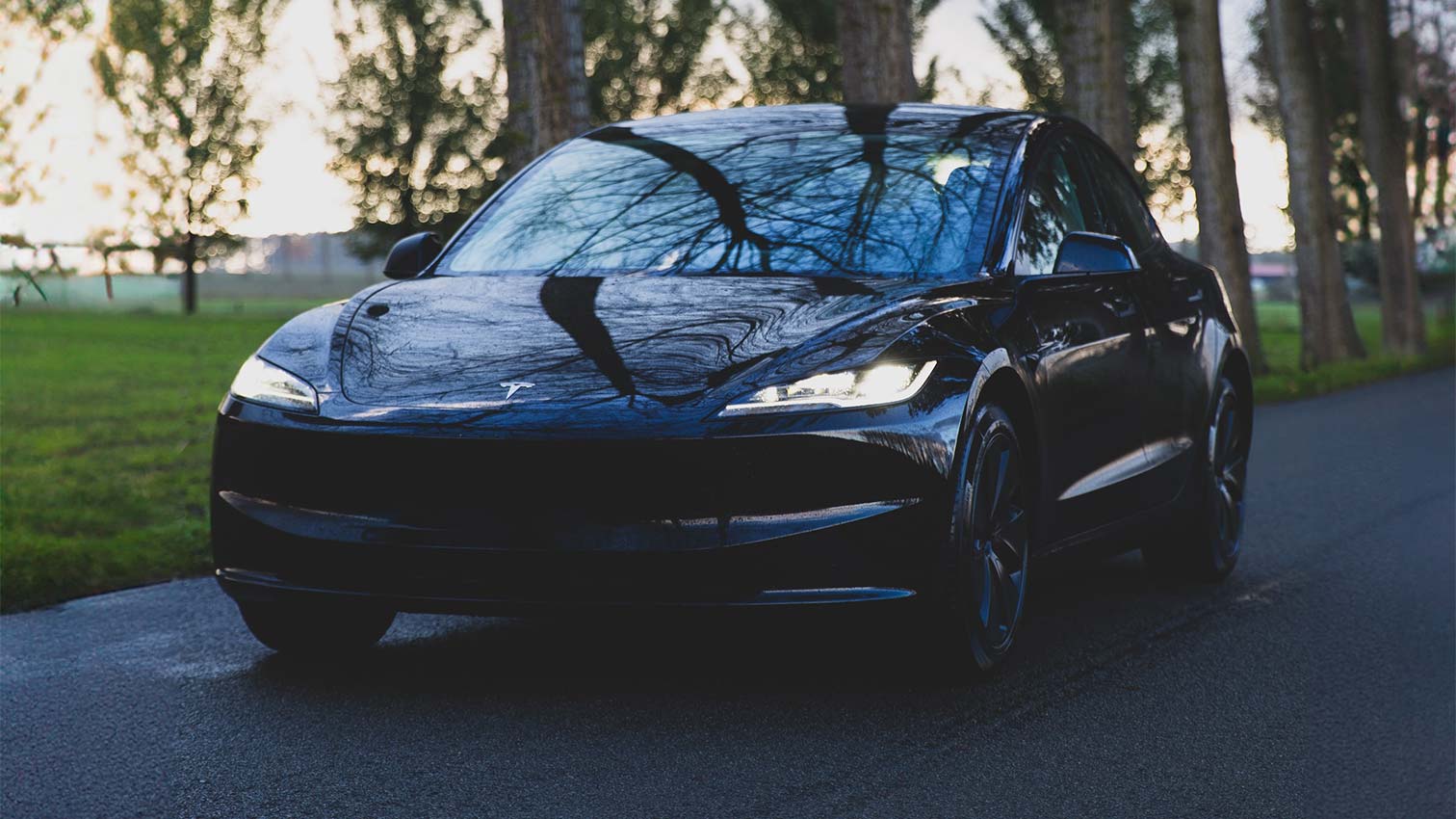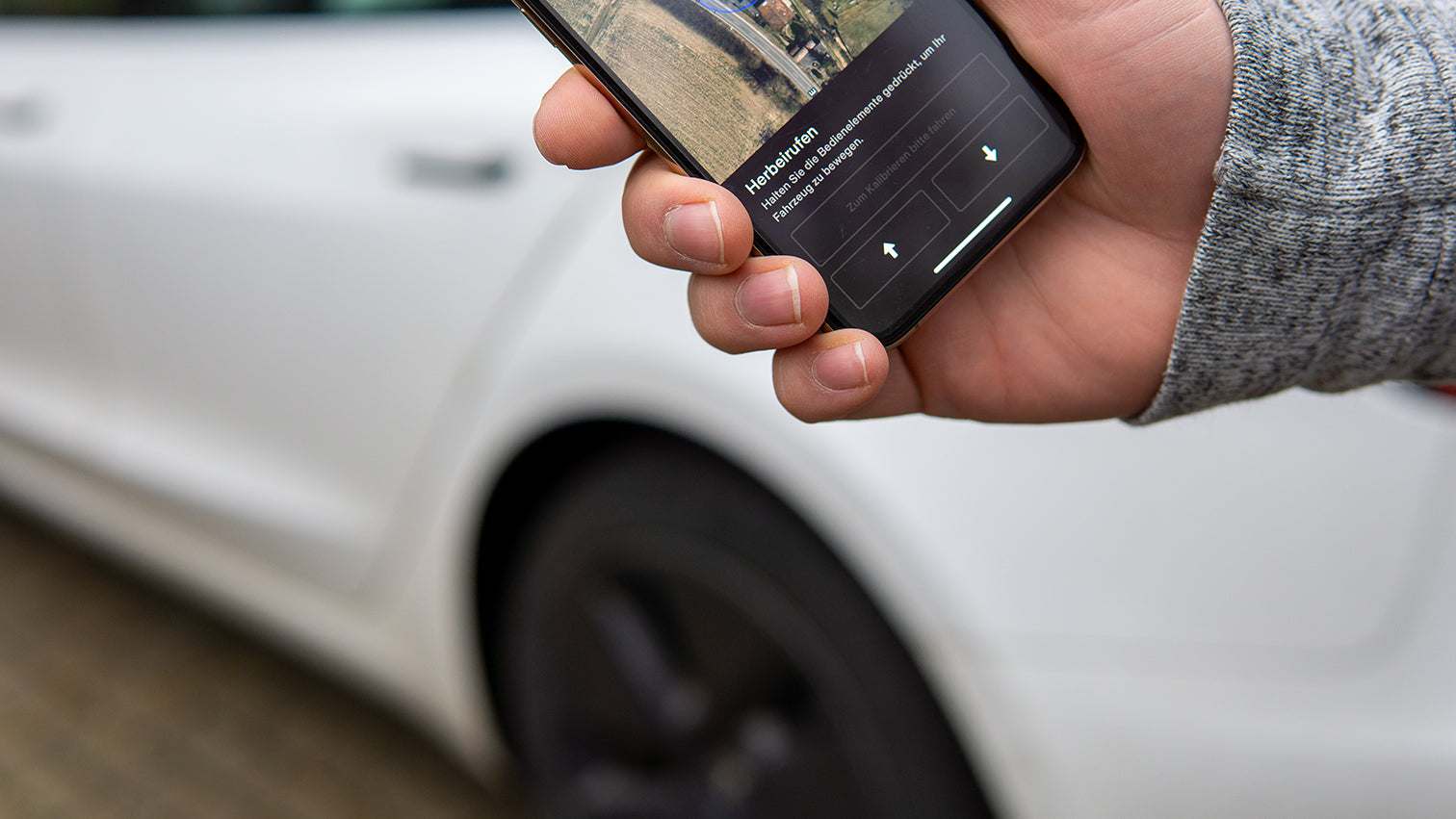The dream of autonomous driving is at least as old as Tesla itself. The company has long promised its customers that driverless cars will be a reality "soon," and that the necessary hardware is already installed in every Tesla.
It's now clear that this didn't quite work out. New Teslas are currently being fitted with the fourth generation of hardware, and hundreds of thousands of volunteers are testing and improving the Autopilot software – but it still doesn't seem to be working perfectly.
Rather, Tesla's decision regarding hardware, the Tesla Vision Only, is causing confusion and disappointment among customers.
The challenges of autonomous driving at Tesla
Relying solely on cameras for environmental data is completely different from what the rest of the industry is doing. And of course, the rest of the industry isn't resting on its laurels when it comes to autonomous driving. While taking new approaches has often helped Tesla in the past, in this case, a great deal of optimism is needed to believe in success in the near future.
Customer doubts and the future of Tesla Vision
Customers are currently wondering how something as simple as Tesla Vision's parking assist system is supposed to work. While Tesla is slowly figuring it out, the old Tesla ultrasonic sensors (Tesla USS), which the company phased out of new vehicles at the end of 2022, worked just as well in many situations. For other features suspended due to the transition, such as Summon and Smart Summon, a reintroduction date remains uncertain – even though Tesla promised to reactivate them soon after the switchover.
Many are therefore asking, "When will Tesla Vision be released?", although this question is somewhat misleading. Tesla Vision is already here; it just can't yet do everything it's intended to. Some are therefore considering whether to retrofit the Tesla USS from the aftermarket or wait for a Tesla ultrasonic sensor update that can replace all of the USS's features with camera images.
But now, let's take it one step at a time: What exactly is this whole topic about, and what are the current developments?
Tesla Vision vs Radar
An autonomous car needs data, lots of data. It constantly needs to know its surroundings, whether objects will cross its path, where the road runs, and much more. For a long time, Tesla, like its competitors, collected this data from a whole arsenal of sensors: ultrasonic sensors, radar sensors, and cameras. Tesla always rejected the laser radar (Lidar) used by some automakers – too big, too expensive, unnecessary.
Then Elon Musk announced Tesla Vision, the idea of obtaining all necessary data solely from camera images. Musk believed that with cameras facing forward, to the sides, and behind, one could adequately capture the environment and do so more accurately than with other sensors. Cameras can detect lines, small curbs, or grooves that are not detected by USS or radar.
This decision initially led to the perception that the data was inaccurate. Radar sensors removed from all new Model 3 and Y vehicles in 2021 and from all new Model S and X vehicles in 2022. were. This apparently worked quite well; there was no major outcry from the Tesla community. Only other car manufacturers, who rely heavily on radar, They appeared surprised.
Tesla Vision USS: Tesla angers customers
In October 2022, Tesla finally took the next step towards "Vision Only": The USS (Universal Storage System) was banned from the new Model 3 and Y, with the measure to follow in the Model S and X in 2023. This time, however, customers were disappointed and voiced their anger.A Tesla without ultrasonic sensors? How would that even work? Even just a bit of dirt in front of the camera would cause the system to drive "blind"!
The fact that the parking assist system with Tesla Vision didn't work initially, and that the familiar "beeping" sound, which had been a feature of mid-range and luxury cars for decades, was absent, particularly infuriated many. Quite a few returned their Teslas shortly after delivery.
When will the Tesla Vision Update be released?
Over time, the excitement subsided, and on March 23, 2023, the parking assist system and the... Parking assistant back via over-the-air update – and apparently functions The whole thing turned out pretty well. However, it didn't remain purely a Vision Only project, as originally announced.
With the new Hardware 4 (HW4Tesla laid the groundwork for up to four additional cameras (there are currently eight), which will presumably be mounted on the front and rear bumpers. Tesla also changed its stance on radar sensors, which were previously planned for the HW4 They are also planned to return. Tesla has conducted its own research and developed a novel, high-resolution radar that meets the requirements of the Autopilot (or Musk's, who knows). So, Tesla's autonomous system will likely not remain purely Vision Only; however, there is no indication that the USS will also make a comeback.
At least it seems the Parking assistance to work again, which should certainly satisfy most Tesla drivers. However, when the next Tesla Vision update will arrive, which will restore these features, remains to be seen. Summon and Smart Summon When it will bring back is unclear – we may once again refer to the famous “soon”.
But when the update is eventually available, we can look forward to seeing what it will be like. the whole This procedure has now been implemented. In terms of functionality alone, Tesla is now back where it was before Vision Only. Only if the autonomous driving functions work significantly better than before will Tesla have actually gained anything. Given the trouble they caused with the removal of the USS, this would be urgently needed. But is it really the case? Only a corresponding update can provide clarity.
Tesla Vision Model Y: Retrofitting USS
However, those who own a Model Y or 3 without the USS (Universal Safety System) and aren't convinced by the new parking assistant can, of course, have the sensors retrofitted from the aftermarket. Some careful consideration is required, as it's essential to avoid tampering with the Tesla infotainment system and the car's wiring as much as possible – keyword: guaranteeHowever, there are good, self-sufficient solutions that only require a power connection and are also relatively inexpensive. An informative discussion on this topic is currently running in the TFF forum. discussion.
For those who don't consider their parking sensors absolutely essential, waiting for Tesla's software solutions is recommended. While it's unclear how long this wait will be, at least the parking assistant and automatic parking are back – and, like all Tesla software, will likely improve. Invest your money wisely. instead into practical Accesories, which makes life with your Tesla even more comfortable and lets you forget the missing USS.
Tesla Vision Only: Conclusion
The idea behind Tesla Vision Only sounds plausible: A 360-degree view of near and far should provide all the necessary information for autonomous driving. After all, a human driver only has their eyes, and not even all around.In other words, visual information, provided it can be adequately evaluated, is more informative than data from USS or low-resolution radar sensors.
So far, so logical. However, Vision Only naturally comes with some challenges. For one thing... This involves interpreting images in real time and correctly assessing the situation. While image recognition using AI is constantly improving, it still cannot match a human's capabilities, especially in complex situations.
On the other hand, cameras mounted externally on the vehicle have the disadvantage of getting dirty quickly. Solutions exist for this as well, such as automatic camera cleaning or a heating element under the camera, as introduced by Tesla, which prevents fogging. However, these methods are not yet 100% perfect, especially considering that even the slightest changes to the image can lead the AI to a completely incorrect assessment.
Given these limitations, It may still make sense at the moment to provide the computer with additional data from other sensor types – which is probably also the reason why many other manufacturers do not pursue a vision-only approach.
To conclude: In the future, with even better image recognition systems, "Vision Only" will be practical and likely offer some advantages over "mixed" systems. Tesla probably already considered this future very close when they decided to forgo radar and USS.
However, it would later become clear that this move was somewhat hasty. To avoid customer frustration, Tesla should have quickly presented a functional Vision-Only parking assistant after discontinuing the USS system, but this was clearly not so easy – it arrived almost six months later. At least to some extent, Tesla seems to have recognized its mistake; otherwise, the return to radar, even in a significantly improved form, is inexplicable.
Vision Only remains in place. So, we can look forward to seeing how this develops: Tesla has, after all, demonstrated time and again that success sometimes lies on a path that no one else takes.
Have you had any experience with Tesla Vision? Or are you even affected by the USS cancellation? Tell us about it in the comments!
Source of featured image: Mateusz Zatorski via Unsplash
